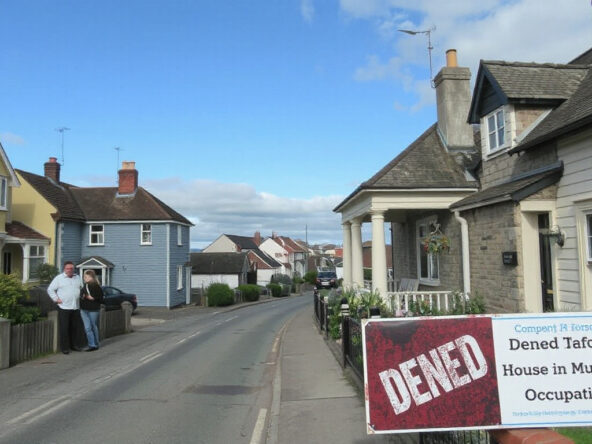In a significant policy shift set to unfold in April 2025, homeowners in England with properties classified as second homes should prepare for substantial changes in their council tax obligations. Recent legislation allows local councils to double the council tax for properties deemed second homes, provided homeowners receive a year’s notice. This initiative aims to combat the growing housing crisis in tourist-heavy regions by incentivising property owners to bring their homes back onto the local housing market. The new law mirrors similar policies implemented in Scotland and Wales, where local authorities have the authority to impose taxes up to 300% on second homes. The increasing trend of second home ownership has led to a notable rise of 65% since 2010, with current data indicating there are now approximately 482,000 second homes across England. Councils, particularly in areas vulnerable to tourism pressures, are eager to implement these changes as they navigate the challenges posed by ongoing funding cuts from the UK government. Homeowners are encouraged to review their local council’s resolutions via official websites, especially if they reside in popular holiday spots that could be significantly affected by these developments, as clarification continues to be sought on property classifications.
Key Takeaways
- In April 2025, council tax on second homes in England may double, impacting homeowners financially.
- The new tax regulations aim to combat housing shortages and encourage second home owners to re-enter the local housing market.
- Residents in popular holiday areas should stay informed about their local council’s decisions regarding these changes.
Overview of the New Council Tax Regulations
Overview of the New Council Tax Regulations
In April 2025, a significant shift in council tax legislation will impact many properties classified as second homes in England. Recent laws allow local authorities to double the council tax for homes that are not used as primary residences, with homeowners being given prior notice of a year. This initiative aims to tackle housing shortages in areas heavily frequented by tourists, encouraging the reintegration of these properties into the local housing market (Government of UK, 2024).
A similar approach has been embraced in both Scotland and Wales, where local councils are empowered to impose up to 300% council tax on second homes, a strategy welcomed by many councils facing financial strains amid cuts to government funding (BBC News, 2024). Recently released statistics reveal that since 2010, the number of second homes in England has surged by 65%, reaching approximately 482,000 properties (Office for National Statistics, 2024).
Councils, particularly in the South West, have begun implementing these new tax regulations, prompting residents to consult their local council’s official websites for specific details, particularly if they reside in popular holiday destinations (Local Government Association, 2024). Under these regulations, a property is classified as a second home if it is furnished and unoccupied for more than 72 days each year. However, discrepancies remain, as evidenced by a case in Pembrokeshire where a wooden hut has been subjected to heavy taxation due to its classification as substantially furnished, indicating a need for clearer definitions regarding what constitutes a second home (The Guardian, 2024).
This legislative change marks a pivotal moment in addressing the complexities surrounding housing availability in some of England’s most sought-after regions.
Impact on Homeowners and Housing Markets
The impact of these new taxation rules is expected to ripple through the housing market, particularly in areas where second homes constitute a significant portion of the property landscape. Homeowners face increased financial burdens, compelling some to reconsider their investment strategies or seek rentals for their properties. Experts argue that this increased taxation could lead to a significant decrease in demand for second homes, which may subsequently stabilize or even reduce property prices in those locales. In addition to the immediate financial implications for property owners, there is also a broader community aspect to consider: local residents may benefit from a potential increase in the availability of long-term rental options, helping to mitigate acute housing shortages in areas that thrive on tourism. Moreover, as discussions on housing inequality gain momentum, the implications of these tax changes may even influence future housing policies across different regions in England (Homes England, 2024). Accordingly, local councils are urged to ensure transparency in how these funds will be utilized to support community housing initiatives, emphasising the importance of prioritising local needs amid the evolving housing landscape.




